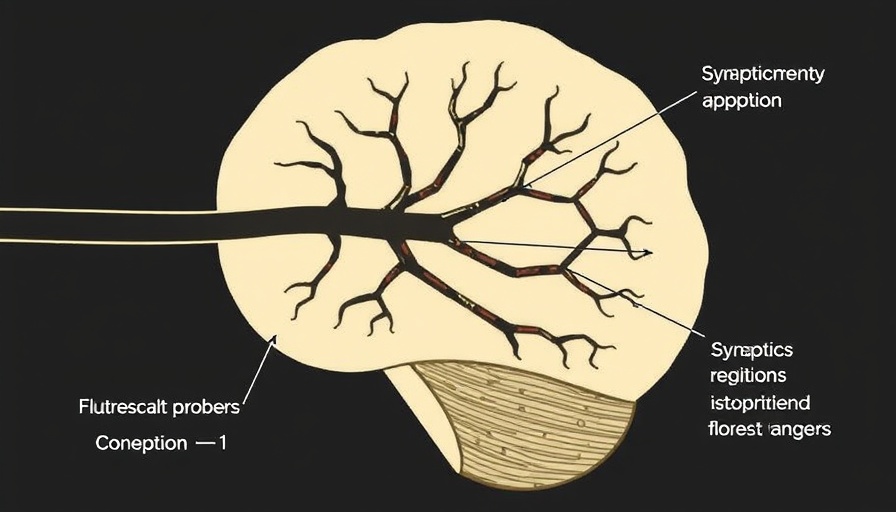
Revolutionizing Mobility: The Bionic Knee
The development of bionic knees marks a significant milestone in the field of prosthetics, enabling amputees to achieve more natural movements. These advanced devices integrate robotics and sensors, mimicking the functionality of a biological knee, thus improving mobility and enhancing the quality of life for users. Unlike traditional prosthetics that might hinder movement, bionic knees allow for dynamic motion, making everyday activities like walking or climbing stairs much more accessible.
Understanding the Technology Behind Bionic Knees
The core components of a bionic knee include a microprocessor, sensors, and actuators. The microprocessor continuously analyzes the wearer’s movements and makes real-time adjustments to the knee’s position, greatly improving stability and responsiveness. This adaptation not only allows for smoother transitions from standing to walking but also provides amputees with greater balance while navigating different terrains.
Benefits for Patients: More Than Just Movement
For patients, the introduction of bionic knees represents more than just an improvement in mobility; it also has significant psychological benefits. The ability to walk and engage freely in physical activities enhances their self-esteem and encourages social interaction. Practitioners must recognize these holistic benefits, as they align with patient-centered care principles and improve overall satisfaction with prosthetic solutions.
Future Trends: Evolving Prosthetic Technology
The rapid advancements in technology indicate that bionic knees will continue to evolve. For instance, upcoming models may include enhanced machine learning capabilities, allowing the device to learn the user's specific gait patterns over time. Furthermore, there is potential for integration with apps that track progress and provide feedback on mobility and strength training, creating a comprehensive support system for amputees.
Addressing Concerns: Accessibility and Cost
While the benefits of bionic knees are clear, access to this technology remains a critical issue. The costs associated with these advanced prosthetics can be prohibitive, often exceeding what insurance plans will cover. Health practitioners should advocate for their patients by staying informed about policy changes and emerging programs that aim to increase accessibility to these life-changing devices.
Conclusion: Embracing Innovation in Care
As concierge health practitioners, staying ahead of technological trends in prosthetics is essential in providing comprehensive patient care. The bionic knee exemplifies how innovation can enhance mobility and quality of life for amputees, emphasizing the importance of understanding these advances. Encourage your patients to explore these options and remain engaged with evolving solutions that have the potential to significantly improve their day-to-day lives.
 Add Row
Add Row  Add
Add 






Write A Comment